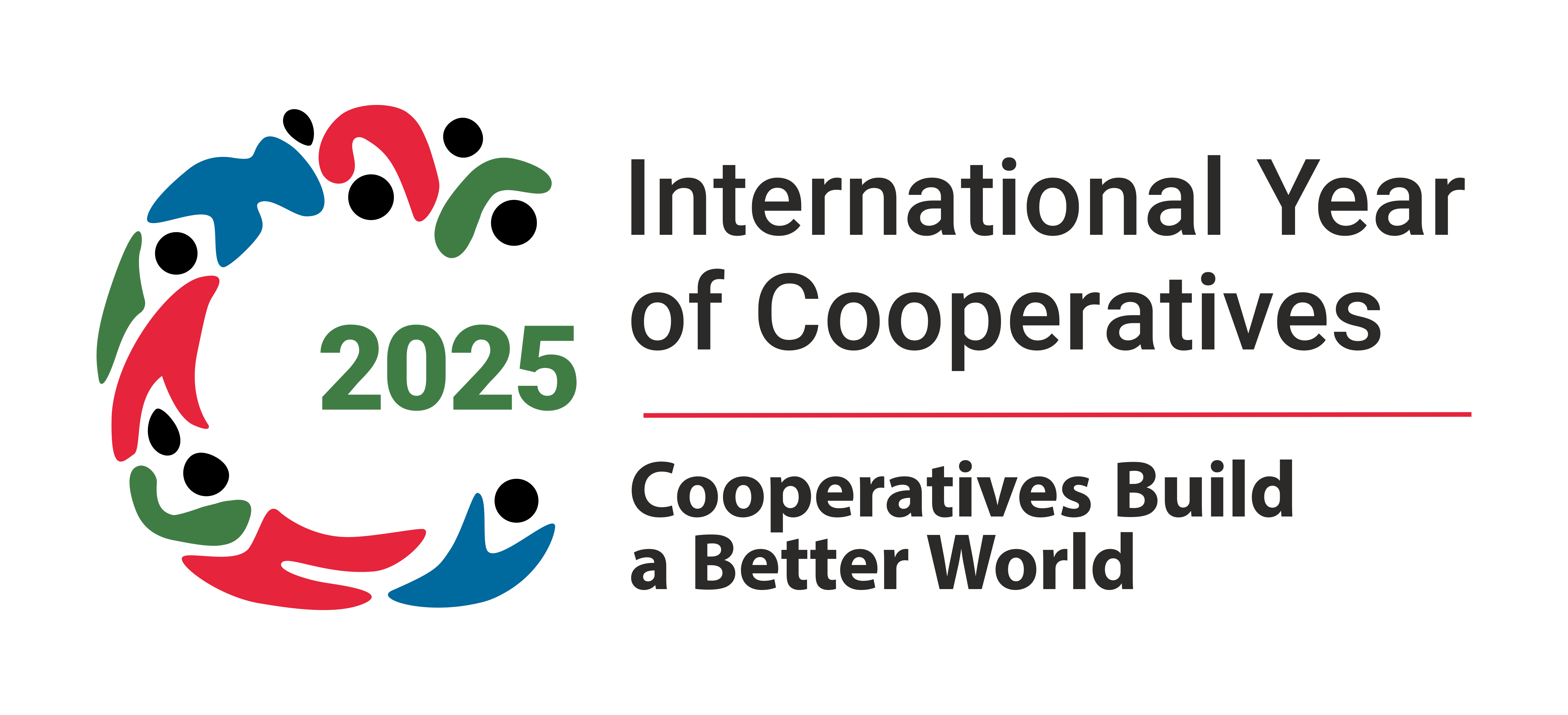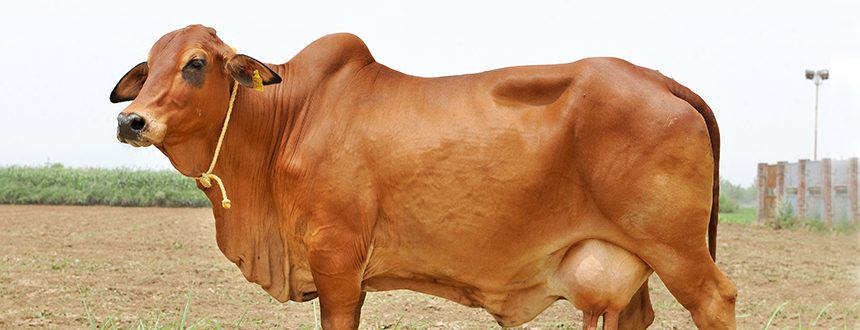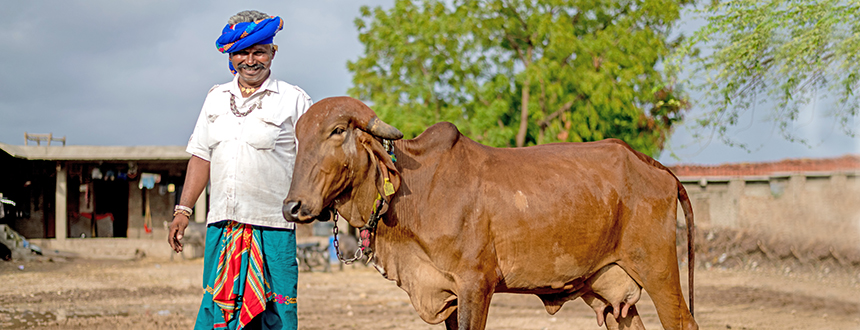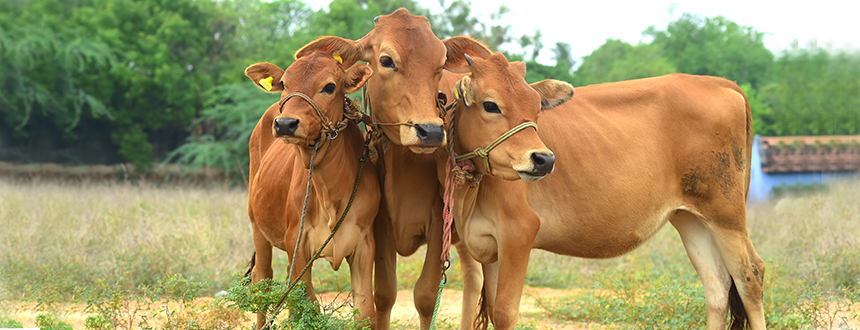Genetic Improvement
To make dairying profitable, Productivity (milk production per animal) needs to be increased. Productivity of dairy animals can be increased by:
- Better feeding and management of the existing animals. However, by this, milk production cannot be increased beyond the animal’s genetic potential
- Improving Genetic potential for milk production in future generation of animals by using animals with high genetic potential for milk production as parents
Selecting parents with high genetic potential is a highly complex and scientific process and requires collaborative efforts with farmers, breeding services providers, semen production centers and research institutes.
For a successful genetic improvement programme it is essential to
- Identify and performance record of large number of animals of the selected breed in an area.
- Identify best performing animals (Bulls and Cows/ buffaloes) for producing next generation of bulls and heifers – called “Selection”
- Maximise use of these ''Selected" animals in breeding programme to produce all the replacement heifers – called “Multiplication”
Identification and Performance Recording
It is important to measure and record the relevant traits/ characters along with the pedigree details of large number of animals in an area. From this pool of recorded animals, best animals can be identified and selected.
Efforts are made to measure and record all traits, which affect milk production, milk quality and reproduction of animals such as milk volume, important milk components, body conformation, growth rates, age at first calving, fertility etc.
For maintaining complete records of individual animals in computerised data base for further analysis, it is necessary that each animal is identified with a 12-digit ear tag digit number which is unique to each animal in the country i.e., no other animal in the country will have the same number. Every service (AI, Treatment, Vaccination etc.) received by the animal needs to be recorded against this tag number. Official milk recorders visit farmer’s house at the time of milking on designated days and measure amount of milk produced by the identified animal. The milk recorder also takes a sample of the milk for testing of Fat per cent, Protein per cent, SNF per cent etc.
Data from across the country is collected through INAPH. This data is used for analysis of animal information. All these information is collected in INAPH and used for recording the individual animal wise information. INAPH also generates useful information for use of Managers of the services, AI Technicians and even farmers to help them take informed decisions.
Selection
The challenge is to accurately identify animals with higher genetic capacity to produce more and not just physical appearance. Selecting animals for traits which are expressed by them is easy – such as selecting cows/ buffaloes for milk production.
However, it is difficult to select animals for traits which they themselves do not express. For example selecting bulls for their milk production potential. For such traits, animals are selected based on the performance of their relatives which express that trait (Mother, Sisters or Daughters). Selection based on the performance of large number of daughters of the bull will be much more accurate than just based on mother’s, sisters’ or grand parents’ performance. Records of grand-parents, mother’s and sisters’ would additionally add to the accuracy of selection based on daughters’ record.
Multiplication
Multiplying Best Bull
Genetic contribution of a bull to next generation can be maximized through use of Artificial Insemination (AI). A good bull, if used in natural service can produce on an average around 450 - 500 calves in its life time (5 years) whereas, if we produce frozen semen doses from the bull and use in AI, it can produce approximately 45 – 50 thousand calves in its lifetime.
Multiplying best animals
For producing future bulls, we should only use the best few bulls of the selected lot on best performing cows/ buffaloes from the recorded population. However, care should be taken to avoid breeding of close relatives to avoid deleterious effects of inbreeding. The genetic merit of the bulls thus produced will improve over generations. The use of elite cows/ buffaloes can be intensified further through use of embryo transfer, which help to produce more number of calves from top cows/ buffaloes in a shorter period.
Breeding Policy
It is desirable that every state has a defined breeding policy based on geographical and climatic conditions of the state and distribution of different breeds in the state. Breeding policy is a guideline to indicate what breed and breed combination or exotic blood level would be most suitable in the given agro climatic condition of the state. It should be followed to get the optimum output from your animals and to conserve the native breed available in the state.




